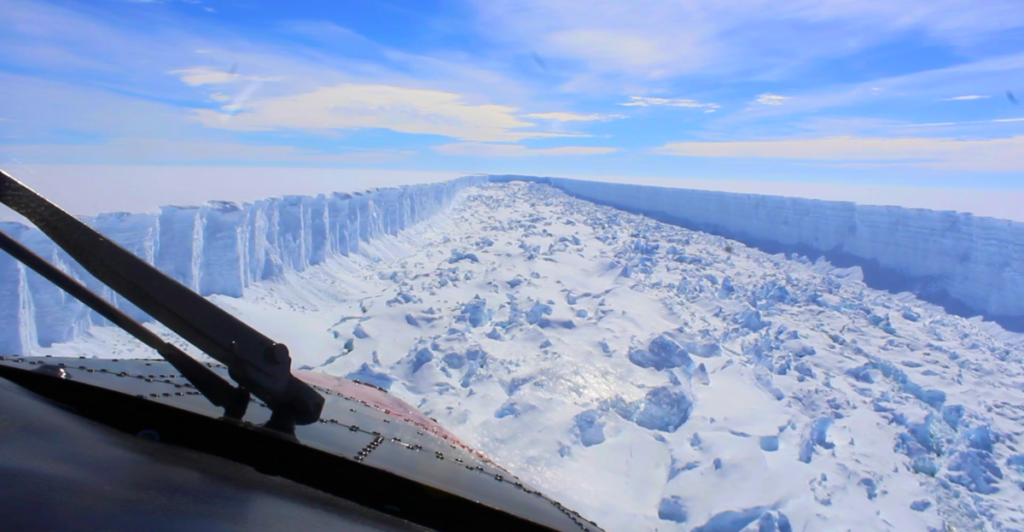
Imagine a world completely hidden for thousands of years—untouched, unseen, and living in the dark. At last, that world has emerged. On January 2025, the enormous iceberg A-84 calved off the George VI Ice Shelf in Antarctica, exposing an ancient underwater world that no human had ever seen.
What scientists have discovered beneath it has amazed us all. From ghostly octopuses to coral cities, this frozen time capsule is rewriting what we thought we knew about life in extreme conditions—and what Earth still has in store for us.
The Iceberg That Changed Everything
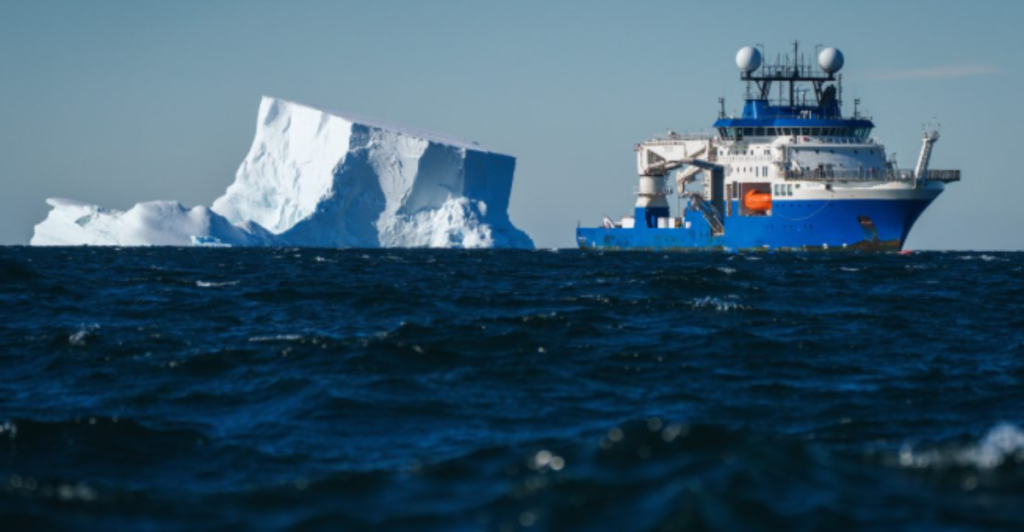
The iceberg, A-84, wasn’t large—it was gigantic. About the size of Chicago, its break-off gave us a best-ever look at the past. Ice shelves such as George VI tend to preserve ecosystems under several hundred feet of ice and are almost impossible to visit.
But as this iceberg broke off, scientists were granted a rare natural experiment. It may prove to be one of the decade’s largest environmental stories. Scientists did not hesitate to organize an expedition to survey the newly opened ‘country’ before nature could cover it up again.
Meet the Hidden Residents
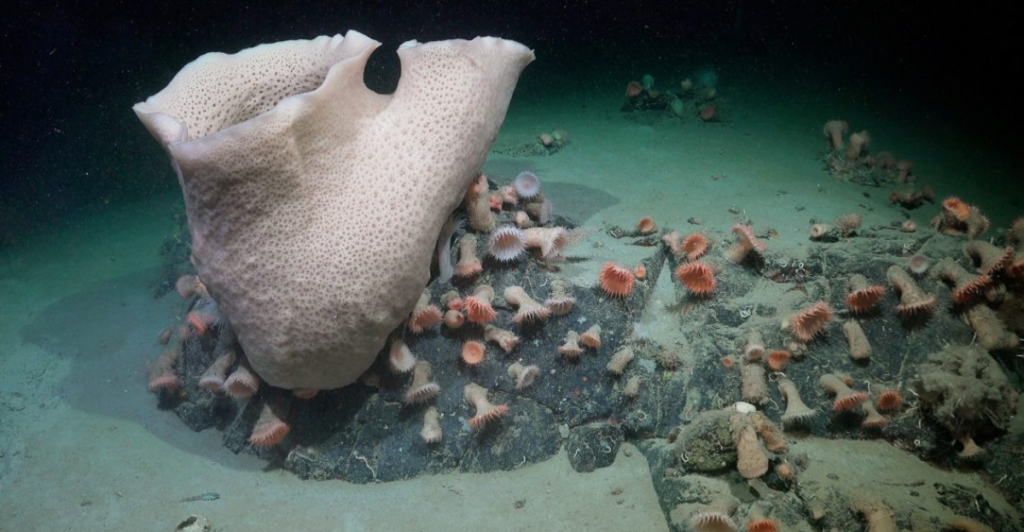
And what lay below, then? Well—plenty. Scientists found a strange menagerie of sea creatures in the deep ice. They found icefish with antifreeze blood, ghostly white sea spiders the size of dinner plates, octopuses, and acres of sponges.
Even coral colonies were discovered, managing to survive in complete darkness and cold oceans. No plants, no light—yet, life thrives. Evidence that we know so little about the world’s oceans, and how resilient and strange creatures can become when left alone for thousands of years.
How Did They Even Get Down There?
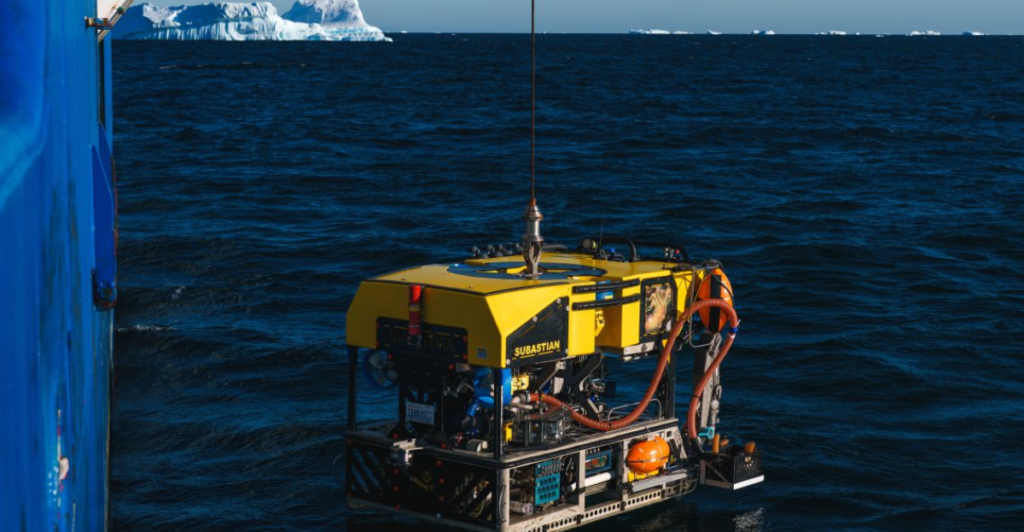
The Schmidt Ocean Institute hosted the expedition aboard the state-of-the-art research ship R/V Falkor and its robot companion, ROV SuBastian. The robotic sub descended to 4,265 feet below sea level, delivering crisp, alien-looking images of what’s down below the ice.
It’s part science fiction, part deep-sea exploration documentary. Scientists originally had only planned to study the ice-ocean boundary. But after A-84 broke off, they changed their plans. It’s a risk that paid off. It doesn’t often happen that nature swings wide a door—and SuBastian was certainly not afraid to swim right on through it.
A Living Time Capsule

What makes this habitat so uncharacteristic is not just what they discovered, but how long it has remained hidden. These creatures may have developed in isolation for thousands of years, growing up around a world with no light, heat, surface nutrients.
Some scientists believe ocean currents provide just the right amount of organic matter from the surface to sustain life. Others think the system might be more closed than we ever realized.
Either way, it’s a glimpse into a biological time capsule—perhaps one never opened since the Ice Age. It’s as if nature paused, and we simply resumed playing.
Climate Change and the Calving
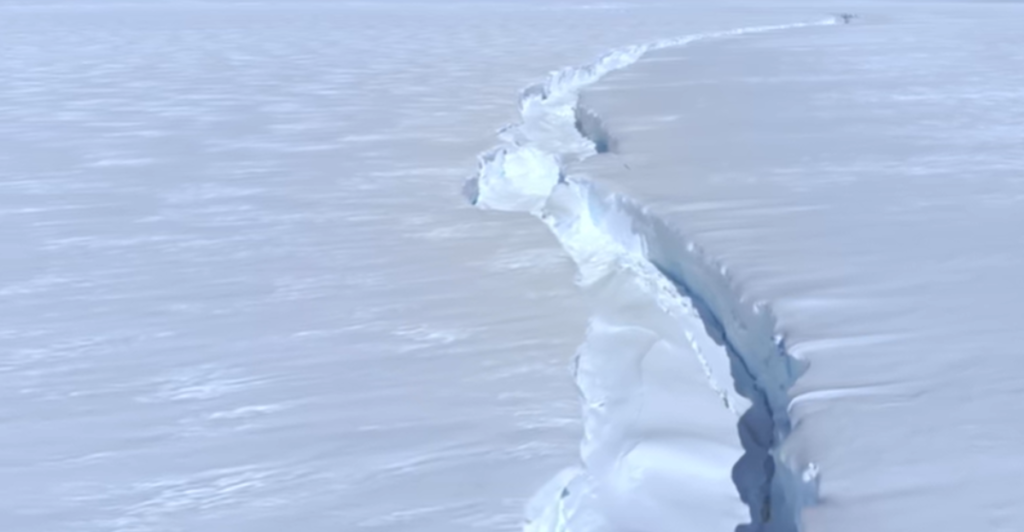
Let’s not forget how we got here in the first place. Icebergs naturally break off (calve), but there is concrete evidence that global warming is speeding up the process. With a warming polar climate, ice shelves are deteriorating.
The collapse of A-84 is a huge warning sign. Although it uncovered an ecosystem this time, future ice losses may not be so beneficial to us—they may contribute to sea-level rise and affect weather patterns worldwide.
Iceberg calving is both a blessing and a warning: there remains still beauty under the ice, but the ice is melting faster than we can truly comprehend.
Could There Be More?
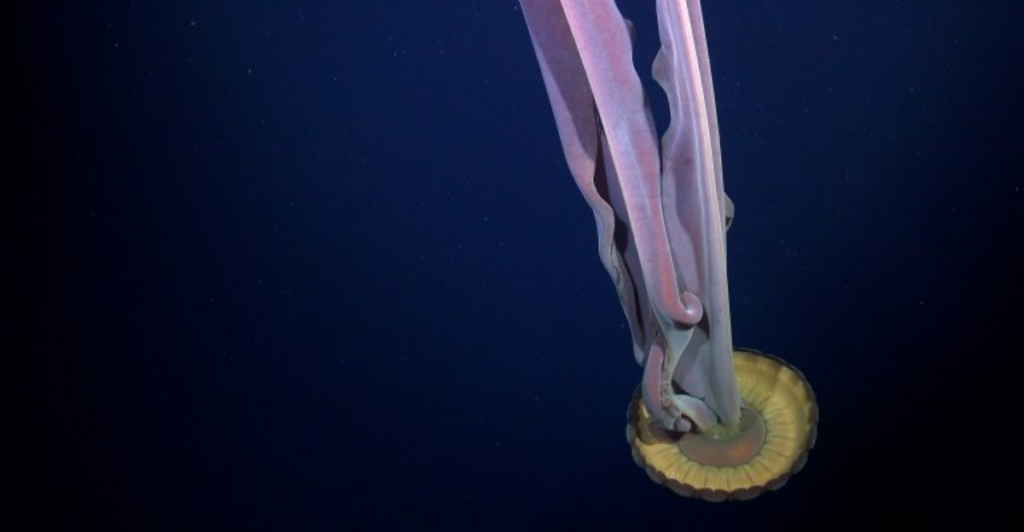
This discovery raises an unavoidable question: what else lies beneath? If one iceberg can reveal so vast, so thriving an ecosystem, imagine how many more there are that lie buried below the Antarctic ice.
Scientists are now mapping areas where similar discoveries might take place. With advanced sonar, satellite data, and robotic exploration tools, we’re slowly gaining access to Earth’s most remote places.
Antarctica may seem barren on the surface, but beneath its icy skin? Entire worlds are waiting. It’s a thrilling new chapter for ocean science—and we’re only on page one.
Alien Life, Anyone?
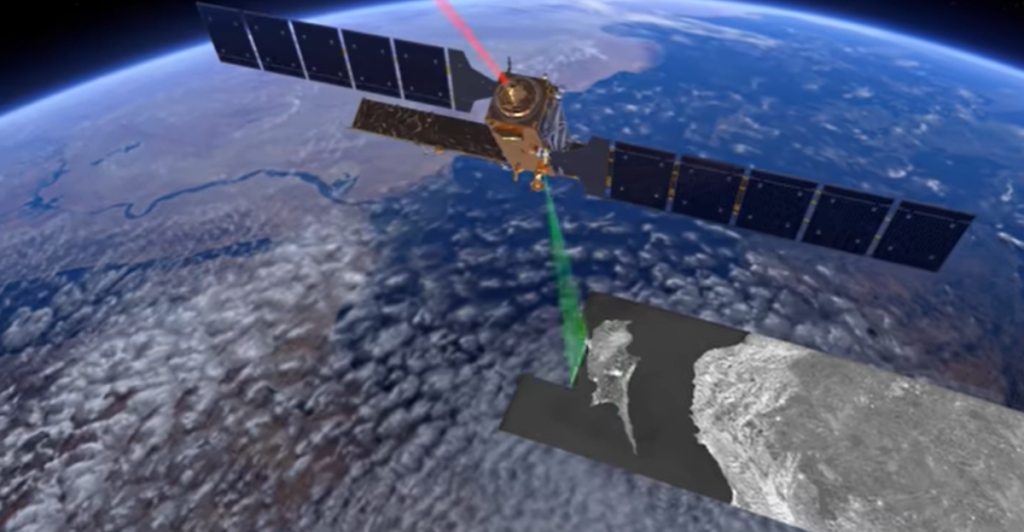
Here’s an intriguing possibility: if life is possible under Antarctica’s ice, could it be possible on other icy moons too? Icy-shelled moons such as Europa and Enceladus have hidden oceans beneath.
These Antarctic discoveries are helping astrobiologists get an idea of what alien life is like. Strange creatures that thrive on chemical energy, not sunlight, in total darkness?
That’s not science fiction—it’s science unfolding before our eyes. So yes, this iceberg may be telling us something more about ancient Earth ecosystems. It may be telling us something about life beyond Earth.
Why Protection Is Necessary
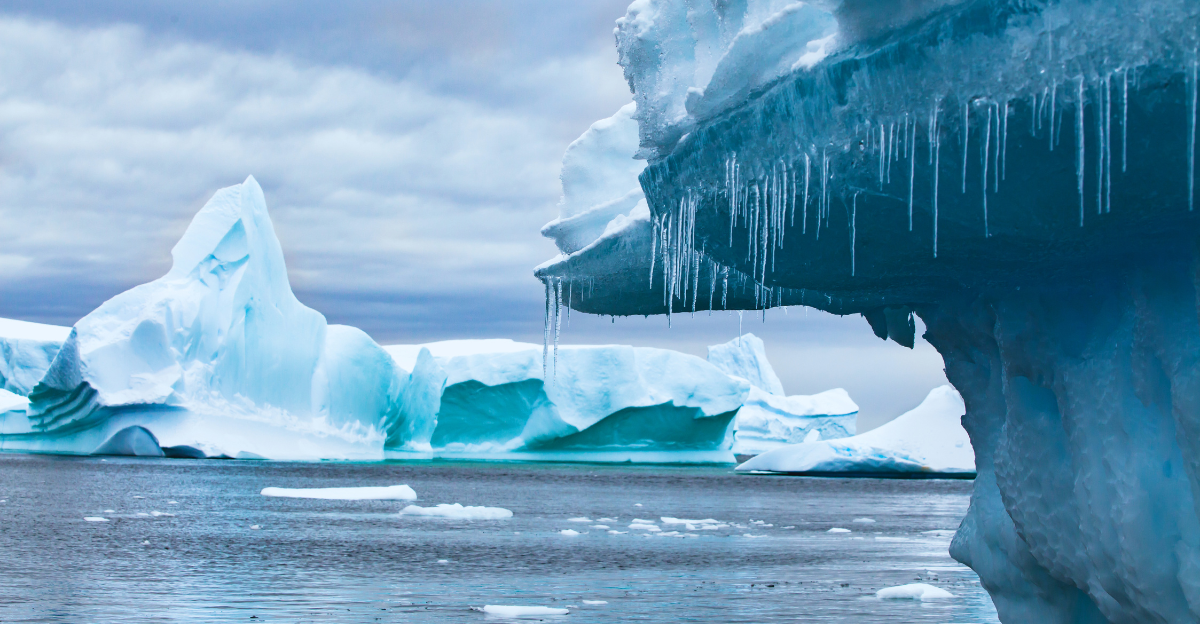
While this discovery is exciting, it also brings a responsibility. Ecosystems in Antarctica are extremely delicate. They can be disturbed and never regain their previous health. The rush to learn about them must be followed by a commitment to preserve them.
Climate change, deep-sea fishing, and even tourism can threaten such clandestine ecosystems. It requires global cooperation to establish and maintain marine protected areas.
The bottom line is that we can’t afford to lose something we’ve only just begun to understand. Because once it’s gone—it’s gone. And that would be a loss to science, to future generations, and to Earth itself.
Final Thoughts—And What’s Next
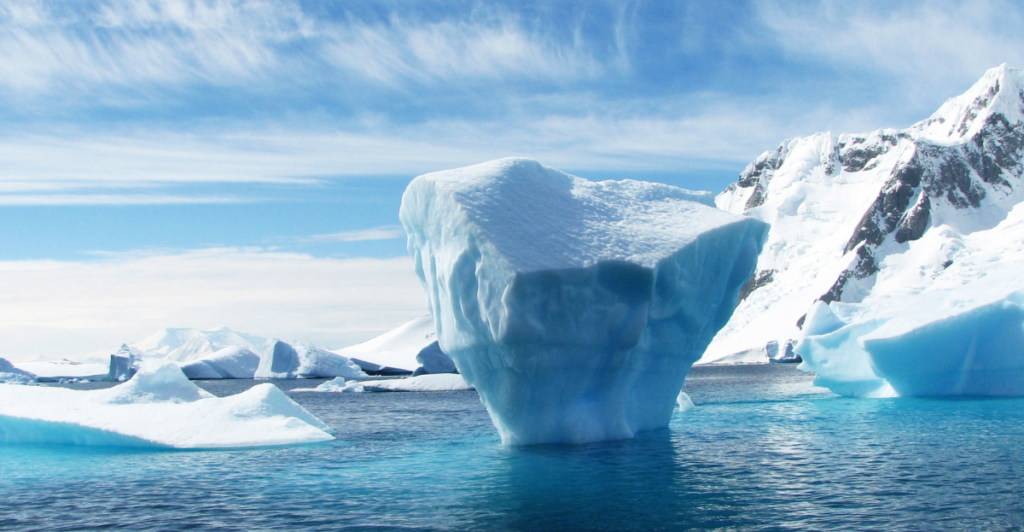
The A-84 iceberg gave us a truly invaluable gift—glimpses into an extinct world. In doing this, it made us realize how much we still have left to learn about, and how little time we might have to finish the job.
As scientists continue their research on the Bellingshausen Sea and beyond, the world’s attention is on them. Not just for the next discovery, but for what it reveals about our evolving world. Antarctica still holds many secrets—but with the help of a drifting piece of ice, one of these secrets is no longer hidden.
Explore more of our trending stories and hit Follow to keep them coming to your feed!

Don’t miss out on more stories like this! Hit the Follow button at the top of this article to stay updated with the latest news. Share your thoughts in the comments—we’d love to hear from you!







